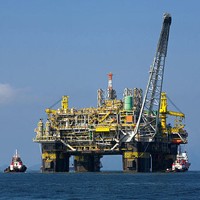In April, three major Brazilian energy companies announced plans to increase investment in Peruvian natural gas. In an email interview, Thomas Andrew O'Keefe, president of Mercosur Consulting Group, discussed Latin America’s intraregional energy ties.
WPR: Historically, how strong has intraregional cooperation been on energy issues in South America, and how is that changing?
Thomas Andrew O’Keefe: Intraregional cooperation on energy issues went through a boom period in the 1990s, when there was a widespread regional consensus on letting the market set energy prices and permitting the private sector to take a lead role in developing new pipelines and connecting electricity grids across borders. Hence the four gas pipelines built between Argentina and Chile and others from Argentina to Brazil and Uruguay; the gas pipeline from Bolivia to southeastern Brazil; and the interconnection of the electricity grids of Argentina and Brazil, as well as Colombia, Ecuador and Peru. The resurgence of resource nationalism and government intervention in setting the price of energy in many key fossil fuel producers at the start of the 21st century threw a monkey wrench into the whole process, however. What we have now is a lot of energy insecurity in South America, although Colombia remains a stable source of electricity and relies primarily on the market to set energy prices and permits private sector participation in the hydrocarbons sector. Brazil and Peru are currently receptive to foreign direct investment in their respective energy sectors, but both are subject to strong political pressures that could potentially change things.

